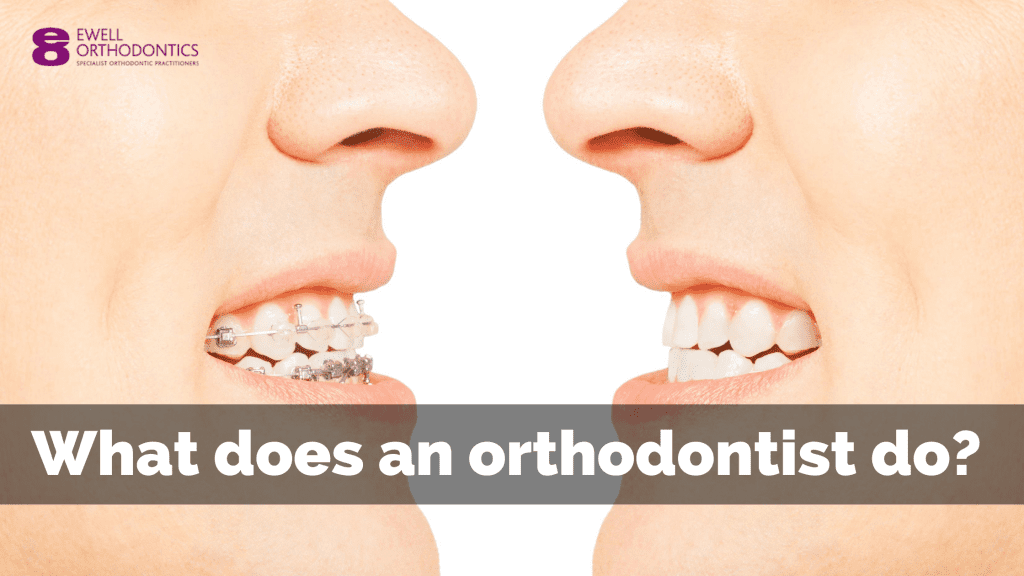Legacy Orthodontics Things To Know Before You Buy
Legacy Orthodontics Things To Know Before You Buy
Blog Article
An Unbiased View of Legacy Orthodontics
Table of ContentsLegacy Orthodontics Can Be Fun For EveryoneLegacy Orthodontics - TruthsRumored Buzz on Legacy OrthodonticsGetting The Legacy Orthodontics To WorkThe Best Guide To Legacy Orthodontics
In enhancement, we use adjustable treatment schedules, versatile payment choices and a fun, pleasurable experience.An orthodontist is a dental professional educated to diagnose, stop, and deal with teeth and jaw irregularities. Orthodontists function with individuals of all ages, from children to adults.
Malocclusion, or misaligned teeth, can bring about dental problems, consisting of tooth decay, gum tissue condition, and difficult or agonizing chewing. Not everyone is birthed with straight teeth. If you have a negative bite or large spaces in between your teeth, you may want to consult a dental practitioner specializing in orthodontic care.
Some Ideas on Legacy Orthodontics You Should Know
( Photo Credit Scores: DigitalVision/Getty Images) Orthodontists utilize taken care of and detachable dental tools, like braces, retainers, and bands, to transform the placement of teeth in your mouth. Orthodontic therapy is for oral irregularities, including: Uneven teethBite problems, like an overbite or an underbiteCrowded teeth or teeth that are too far apartJaw misalignmentThe objective of orthodontic therapy is to enhance your bite.
While you might think of orthodontists as mainly for children or teens who need dental braces, they can correct oral troubles at any type of age. Orthodontists go to college, dental institution, and orthodontic school.
All orthodontists are dental practitioners, yet not all dental practitioners are orthodontists. Orthodontic residency programs use extensive, concentrated guideline for dental experts. They concentrate on two areas: Exactly how to appropriately and safely move teeth Just how to appropriately direct growth in the teeth, jaw, and faceOnce an orthodontist has completed training, they have the alternative to end up being board certified.
Not known Incorrect Statements About Legacy Orthodontics
Malocclusion leads to tooth overcrowding, a twisted jaw, or uneven bite patterns. Malocclusion is generally treated with: Your orthodontist attaches metal, ceramic, or plastic square bonds to your teeth.
If you have just small malocclusion, you might be able to use clear braces, called aligners, rather of standard dental braces (https://www.metal-archives.com/users/legacyortho). Some people require a headgear to assist relocate teeth into line with pressure from outside the mouth. After braces or aligners, you'll need to use a retainer. A retainer is a custom gadget that keeps your teeth in position.
They can develop added area in the mouth without having to draw teeth. Orthodontists utilize cables, surgical screws, or plates to support your jaw bone.
You might need to see an orthodontist if you have: Crowding or not enough room for all of your teethOverbite, when your top teeth come over your base teethUnderbite, when your base teeth are also much forwardSpacing or problems with gapsCrossbite, which is when your upper teeth fit behind your bottom teeth when your mouth is closedOpen bite or a vertical gap in between your front base and top teethMisplaced midline, when the center of your bottom and upper teeth don't line up Fixing an oral malocclusion can: Make attacking, chewing, and speaking easierImprove the symmetry of our face and your overall appearanceEase pain from temporomandibular joint disordersDifferent your teeth and make them easier to clean, aiding protect against tooth degeneration or dental caries It's often a dental expert who first notices misaligned teeth during a routine test.
See This Report on Legacy Orthodontics

Throughout your very first orthodontic assessment, you'll likely have: An oral examPhotos taken of your face and smileDental X-raysPanoramic (360 degree) X-rays of your face and headImpressions to develop molds of your teethThese examinations will certainly help your orthodontist recognize just how to wage your treatment. orthodontics. An orthodontist is a dental practitioner that's had training to treat browse this site your teeth and jaw
An orthodontist is focused on your bite, so something like a chipped tooth would certainly be managed by a dental professional. Orthodontists are focused on your bite, or the means your teeth fit together, and the straightness of your teeth.
Ever before questioned how celebs always appear to have completely aligned teeth? The solution commonly hinges on the competent hands of an orthodontist. Yet just what does an orthodontist do? Orthodontists are oral experts that concentrate on dealing with irregularities in the teeth and jaws. Their proficiency exceeds simply creating a lovely smile; it reaches improving your general oral health and wellness and feature.
Not known Facts About Legacy Orthodontics

While dental braces are the most typically recognized orthodontic therapy, orthodontists have a varied toolkit at their disposal. The details approach chosen depends on the severity of the case, the patient's age, and private choices. These reliable dental braces make use of a system of brackets bound to the teeth and connected by wires.
These detachable trays are tailor-made to progressively shift the teeth's setting. In cases of narrow jaws, palatal expanders can be made use of to produce space for correct tooth positioning.
Report this page